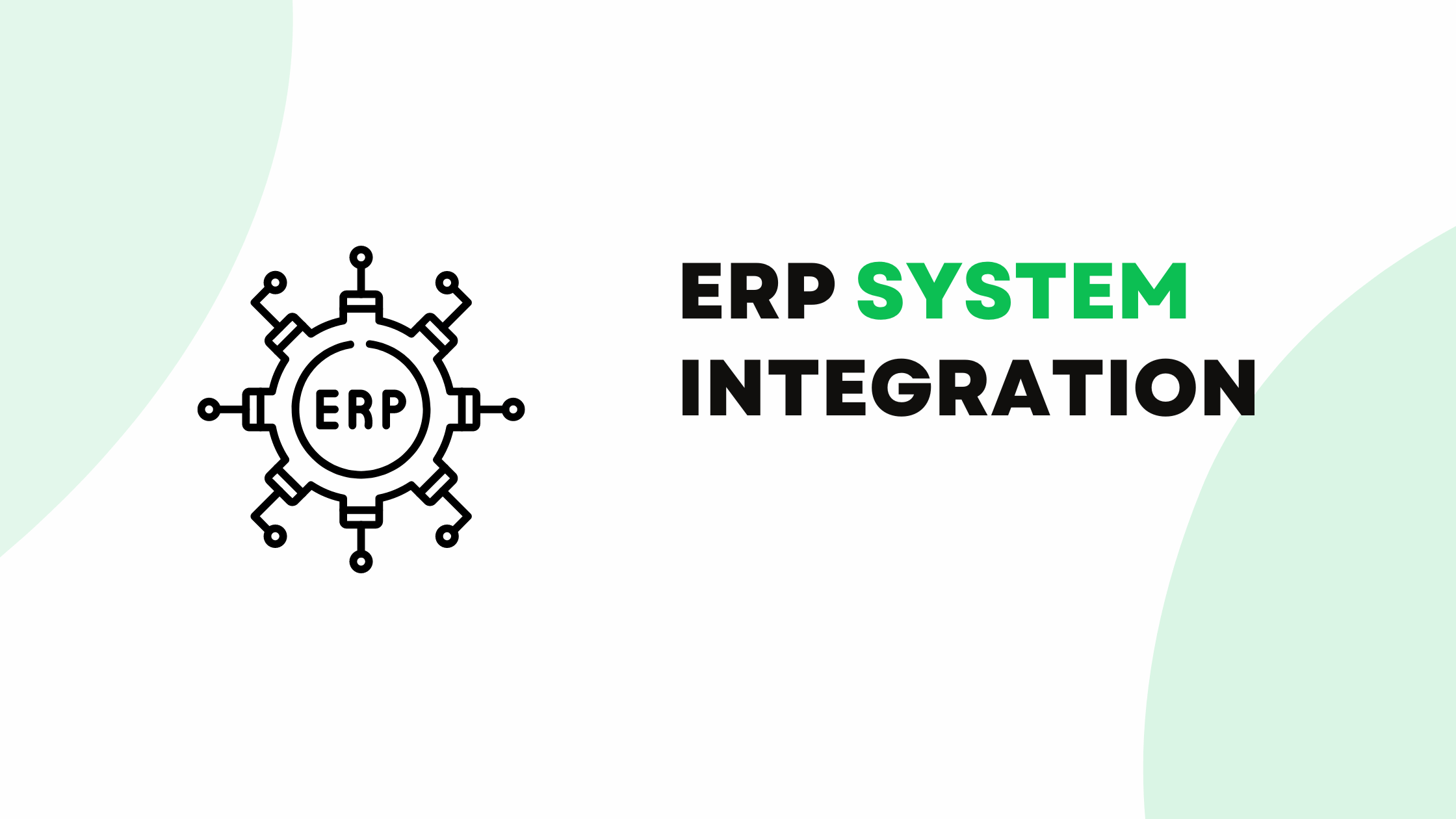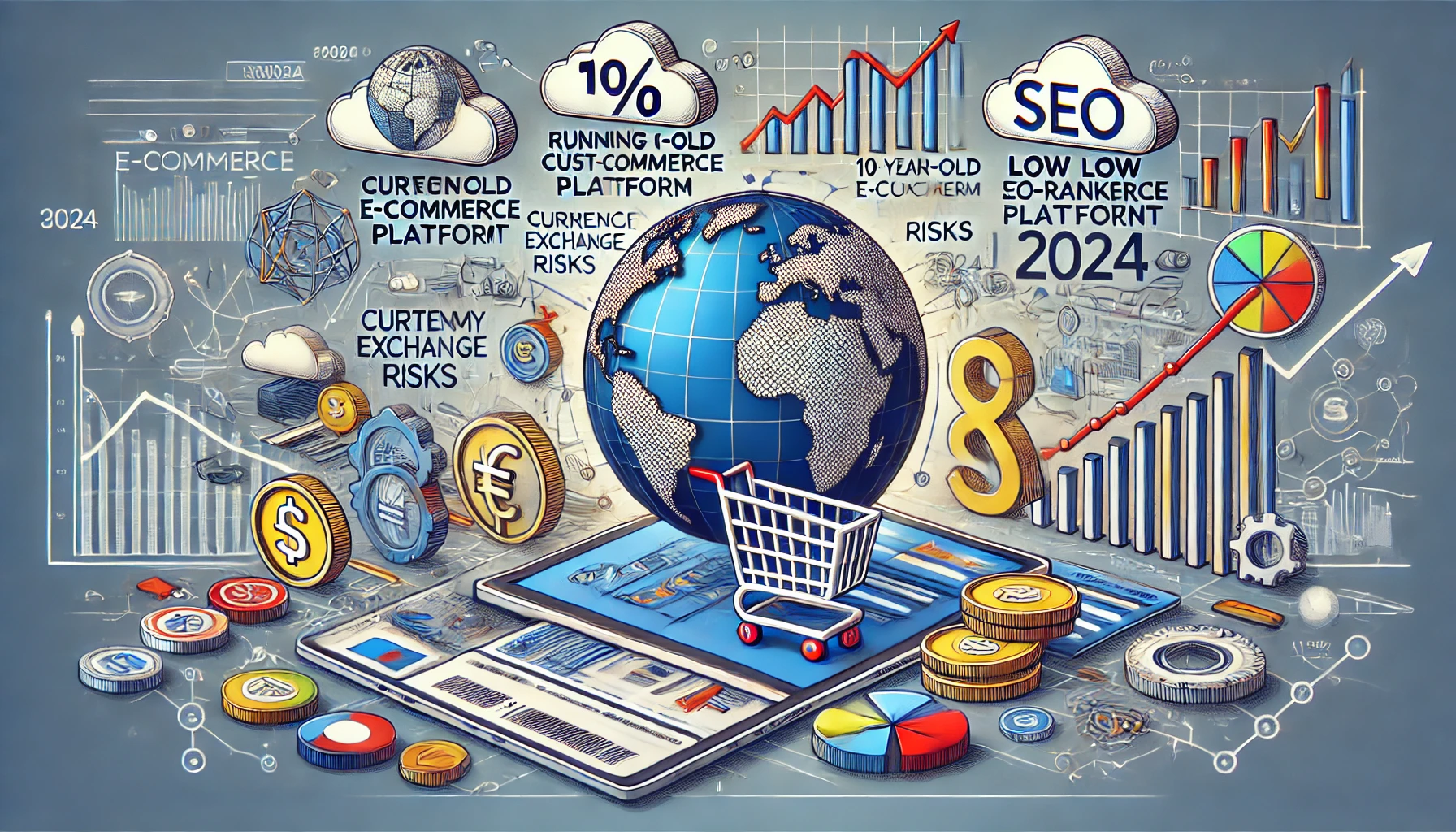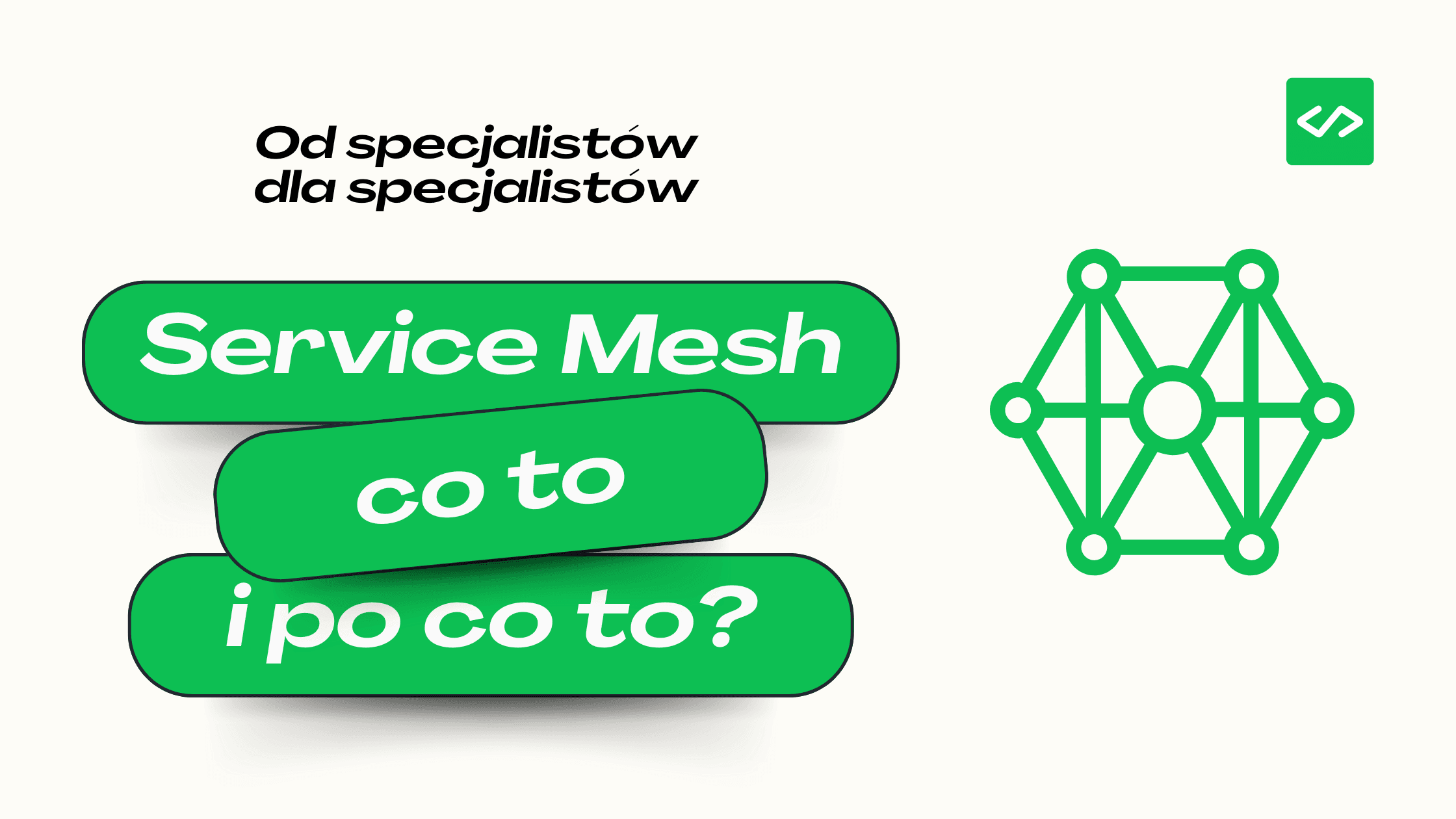Czym jest integracja systemów ERP? Wszystko, co musisz wiedzieć
W dzisiejszym szybko zmieniającym się świecie biznesu, wydajność i płynne operacje są kluczem do sukcesu. Jednym z najpotężniejszych narzędzi do osiągnięcia tego celu jest oprogramowanie do planowania zasobów przedsiębiorstwa (ERP). Jednak, aby naprawdę wykorzystać moc systemu ERP, kluczowa jest jego integracja. Ale czym dokładnie jest integracja systemu ERP i dlaczego jest tak ważna? W tym kompleksowym przewodniku zbadamy wszystko, co musisz wiedzieć o integracji ERP, jej korzyściach, wyzwaniach i najlepszych praktykach.
Zrozumienie systemów ERP
Przed zagłębieniem się w integrację systemów ERP należy zrozumieć, czym jest system ERP. Planowanie zasobów przedsiębiorstwa (ERP) to rodzaj oprogramowania, którego organizacje używają do zarządzania codziennymi działaniami biznesowymi, takimi jak księgowość, zaopatrzenie, zarządzanie projektami, zarządzanie ryzykiem i zgodność z przepisami oraz operacje łańcucha dostaw.
Nowoczesny system ERP integruje różne systemy organizacyjne i ułatwia przepływ danych między nimi. Gromadząc wspólne dane transakcyjne organizacji z wielu źródeł, systemy ERP eliminują powielanie danych i zapewniają integralność danych z jednym źródłem prawdy.
Czym jest integracja systemu ERP?
Integracja systemu ERP odnosi się do proces łączenia systemu ERP z innymi systemami biznesowymi aplikacji i systemów w organizacji. Integracja ta pozwala na płynny przepływ danych i komunikację między różnymi rozwiązaniami programowymi, tworząc jednolity i wydajny ekosystem do zarządzania operacjami biznesowymi.
Integracja ERP to metoda, za pomocą której różne samodzielne systemy są połączone z ERP, umożliwiając udostępnianie i synchronizację danych w całej organizacji. Może to obejmować integrację ERP z systemami zarządzania relacjami z klientami (CRM), platformami handlu elektronicznego, systemami zarządzania zasobami ludzkimi i nie tylko.
Dlaczego integracja systemów ERP jest ważna?
Integracja ERP jest kluczowa z kilku powodów:
- Spójność danych: Zapewnia spójność danych we wszystkich systemach, zmniejszając liczbę błędów i usprawniając podejmowanie decyzji.
- Wydajność: Automatyzuje transfer danych między systemami, oszczędzając czas i ograniczając ręczne wprowadzanie danych.
- Informacje w czasie rzeczywistym: Zintegrowane systemy zapewniają aktualizacje danych w czasie rzeczywistym, umożliwiając dokładniejsze i bardziej terminowe analizy biznesowe.
- Ulepszona współpraca: Ułatwia lepszą komunikację i współpracę między różnymi działami.
- Redukcja kosztów: Usprawniając procesy i ograniczając pracę ręczną, integracja ERP może prowadzić do znacznych oszczędności kosztów.
Rodzaje integracji systemów ERP
Istnieje kilka rodzajów integracji ERP, z których każdy służy innym celom:
1. Integracja punkt-punkt
Jest to bezpośrednia integracja między dwoma systemami. Chociaż może być szybka do wdrożenia w przypadku niewielkiej liczby integracji, może stać się złożona i trudna w zarządzaniu wraz ze wzrostem liczby zintegrowanych systemów.
2. Szyna usług dla przedsiębiorstw (ESB)
ESB działa jako scentralizowana platforma do integracji wielu systemów. Jest bardziej skalowalna niż integracja punkt-punkt, ale może być skomplikowana we wdrożeniu i utrzymaniu.
3. Platforma integracyjna jako usługa (iPaaS)
iPaaS to oparte na chmurze rozwiązanie integracyjne, które zapewnia platformę do tworzenia i wdrażania integracji. Jest wysoce skalowalne i elastyczne, dzięki czemu jest popularnym wyborem dla nowoczesnych firm.
4. Integracja API
Integracja API (Application Programming Interface) polega na wykorzystaniu interfejsów API do łączenia różnych systemów. Ta metoda jest elastyczna i może być łatwiejsza do wdrożenia i utrzymania niż niektóre inne metody.
Typowe integracje systemów ERP
Niektóre z najczęstszych integracji ERP obejmują:
- Integracja CRM i ERP: Pozwala to na płynny przepływ danych klientów między działami sprzedaży, marketingu i zaplecza.
- Integracja e-commerce i ERP: Synchronizuje dane dotyczące zapasów, zamówień i klientów między sklepami internetowymi a systemem ERP.
- Integracja zasobów ludzkich i ERP: Zapewnia to spójność danych pracowników w ramach listy płac, śledzenia czasu pracy i innych funkcji HR.
- Zarządzanie łańcuchem dostaw i integracja ERP: Zapewnia to wgląd w czasie rzeczywistym w zapasy, zaopatrzenie i operacje logistyczne.
Korzyści z integracji systemów ERP
Integracja ERP oferuje wiele korzyści dla organizacji:
- Zwiększona dokładność danych: Eliminując ręczne wprowadzanie danych i zapewniając spójność danych w różnych systemach, integracja ERP znacznie zmniejsza liczbę błędów.
- Zwiększona wydajność: Automatyzacja transferu danych i procesów biznesowych prowadzi do zwiększenia produktywności i obniżenia kosztów operacyjnych.
- Lepsze podejmowanie decyzji: Dzięki dostępowi do zintegrowanych danych w czasie rzeczywistym menedżerowie mogą podejmować bardziej świadome decyzje.
- Lepsza obsługa klienta: Zintegrowane systemy zapewniają 360-stopniowy widok interakcji z klientami, umożliwiając lepszą obsługę.
- Skalowalność: Zintegrowane systemy mogą łatwiej dostosować się do rozwoju firmy i zmieniających się potrzeb.
Wyzwania związane z integracją systemów ERP
Chociaż korzyści są znaczące, integracja ERP wiąże się również z wyzwaniami:
- Złożoność: Integracja wielu systemów może być złożonym procesem, wymagającym starannego planowania i wykonania.
- Bezpieczeństwo danych: Zapewnienie bezpieczeństwa danych w zintegrowanych systemach może stanowić wyzwanie.
- Koszt: Początkowe koszty integracji mogą być wysokie, zwłaszcza w przypadku złożonych integracji na dużą skalę.
- Kompatybilność systemu: Nie wszystkie systemy są łatwo kompatybilne, co może prowadzić do trudności z integracją.
- Konserwacja: Bieżąca konserwacja zintegrowanych systemów może być czasochłonna i kosztowna.
Najlepsze praktyki w zakresie integracji systemów ERP
Aby zapewnić udaną integrację systemu ERP, należy wziąć pod uwagę poniższe najlepsze praktyki:
- Dokładne planowanie: Przed rozpoczęciem procesu należy opracować kompleksową strategię integracji.
- Wybierz odpowiednią metodę integracji: Wybierz metodę integracji, która najlepiej odpowiada potrzebom i możliwościom Twojej organizacji.
- Zapewnienie jakości danych: Czyszczenie i standaryzacja danych przed integracją w celu zapewnienia dokładności.
- Priorytet bezpieczeństwa: Wdrożenie solidnych środków bezpieczeństwa w celu ochrony danych we wszystkich zintegrowanych systemach.
- Szeroko zakrojone testy: Przeprowadzenie dokładnych testów przed, w trakcie i po integracji, aby upewnić się, że wszystko działa zgodnie z oczekiwaniami.
- Użytkownicy pociągu: Zapewnienie kompleksowego szkolenia w celu zapewnienia użytkownikom możliwości efektywnego korzystania ze zintegrowanych systemów.
- Monitorowanie i konserwacja: Regularne monitorowanie zintegrowanych systemów i przeprowadzanie niezbędnej konserwacji w celu zapewnienia optymalnej wydajności.
Rola architektów rozwiązań w integracji systemów ERP
Jeśli chodzi o złożone integracje ERP, rola architekta rozwiązań jest kluczowa. Architekci rozwiązań są odpowiedzialni za zaprojektowanie ogólnej struktury integracji, zapewniając, że jest ona zgodna z potrzebami biznesowymi i wymaganiami technicznymi. Odgrywają oni istotną rolę w wyborze odpowiednich metod integracji, planowaniu procesu integracji i nadzorowaniu jego wdrożenia.
Aby dowiedzieć się więcej o roli architektów rozwiązań w projektach IT, takich jak integracja ERP, zapoznaj się z naszym artykułem na temat Kim jest architekt rozwiązań i jaka jest jego rola?
Integracja ERP: Kluczowa usługa w Codelivery
W Codelivery rozumiemy krytyczne znaczenie integracji ERP w dzisiejszym krajobrazie biznesowym. Nasz zespół doświadczonych architektów rozwiązań i programistów specjalizuje się w projektowaniu i wdrażaniu płynnych integracji ERP dostosowanych do unikalnych potrzeb każdego klienta.
Oferujemy kompleksowe usługi integracji systemów ERP, w tym:
- Ocena obecnych systemów i potrzeb w zakresie integracji
- Projektowanie niestandardowych rozwiązań integracyjnych
- Wdrażanie integracji przy użyciu najlepszych w swojej klasie technologii
- Dokładne testowanie i zapewnienie jakości
- Bieżące wsparcie i konserwacja
Nasza wiedza obejmuje różne systemy ERP i metody integracji, dzięki czemu możemy zapewnić najbardziej efektywne rozwiązanie dla Twojej firmy. Niezależnie od tego, czy chcesz zintegrować swój system ERP z CRM, platformą e-commerce, czy jakimkolwiek innym systemem biznesowym, Codelivery ma umiejętności i doświadczenie, aby to osiągnąć.
Aby dowiedzieć się więcej o naszych usługach i o tym, jak możemy pomóc w integracji systemów ERP, odwiedź naszą stronę internetową pod adresem Codelivery.tech.
Przyszłość integracji systemów ERP
Wraz z ciągłym rozwojem technologii, zmienia się również krajobraz integracji systemów ERP. Oto kilka trendów kształtujących przyszłość integracji systemów ERP:
- Integracja w chmurze: Wraz z rosnącą popularnością systemów ERP w chmurze, rozwiązania integracyjne oparte na chmurze stają się coraz bardziej powszechne.
- Sztuczna inteligencja i uczenie maszynowe: Technologie te są włączane do systemów ERP i platform integracyjnych w celu zapewnienia bardziej inteligentnych, zautomatyzowanych procesów.
- Integracja IoT: Wraz z rozwojem Internetu rzeczy (IoT), systemy ERP są integrowane z urządzeniami IoT w celu dostarczania danych i spostrzeżeń w czasie rzeczywistym.
- Blockchain: Niektóre organizacje badają wykorzystanie technologii blockchain w integracjach ERP w celu zwiększenia bezpieczeństwa i identyfikowalności.
- Platformy niskokodowe/bezkodowe: Platformy te ułatwiają użytkownikom nietechnicznym tworzenie integracji i zarządzanie nimi.
Studium przypadku: Udana integracja systemów ERP
Aby zilustrować siłę integracji ERP, rozważmy studium przypadku:
Średniej wielkości firma produkcyjna zmagała się z rozłącznymi systemami do zarządzania zapasami, przetwarzania zamówień i zarządzania relacjami z klientami. Zdecydowano się na wdrożenie systemu ERP i zintegrowanie go z istniejącą platformą CRM i e-commerce.
Proces integracji obejmował:
- Wybór systemu ERP opartego na chmurze
- Wybór rozwiązania iPaaS do integracji
- Mapowanie przepływów danych między systemami
- Wdrażanie i testowanie integracji
- Szkolenie pracowników w zakresie nowego zintegrowanego systemu
Wyniki były znaczące:
- 30% skrócenie czasu przetwarzania zamówień
- 25% poprawa dokładności zapasów
- 20% wzrost wyników zadowolenia klientów
- 15% redukcja kosztów operacyjnych
To studium przypadku pokazuje, jak skuteczna integracja ERP może przekształcić operacje biznesowe i doprowadzić do znacznej poprawy wydajności i zadowolenia klientów.
Wnioski
Integracja systemów ERP jest potężnym narzędziem dla firm, które chcą usprawnić swoje operacje, poprawić dokładność danych i uzyskać przewagę konkurencyjną. Choć wiąże się to z wyzwaniami, korzyści płynące z udanej integracji systemów ERP znacznie przewyższają trudności.
W miarę jak firmy kontynuują cyfryzację i szukają sposobów na optymalizację swoich operacji, integracja ERP będzie tylko zyskiwać na znaczeniu. Dzięki zrozumieniu podstaw integracji ERP, jej korzyści, wyzwań i najlepszych praktyk, organizacje mogą podejmować świadome decyzje dotyczące swoich strategii integracji i przygotować się na sukces w coraz bardziej cyfrowym krajobrazie biznesowym.
Niezależnie od tego, czy rozważasz wdrożenie systemu ERP, chcesz zintegrować istniejący system ERP z innymi systemami biznesowymi, czy po prostu chcesz zoptymalizować obecną konfigurację, kluczowa jest współpraca z doświadczonymi profesjonalistami, którzy rozumieją złożoność integracji ERP.
W Codelivery jesteśmy zaangażowani w pomoc firmom w poruszaniu się po świecie integracji ERP i uwolnieniu pełnego potencjału ich systemów. Nasz zespół ekspertów jest gotowy przeprowadzić Cię przez każdy etap procesu integracji, od wstępnego planowania po wdrożenie i bieżące wsparcie.
Aby dowiedzieć się więcej o świecie tworzenia oprogramowania i poznać najlepsze firmy programistyczne w Polsce, zapoznaj się z naszym artykułem na temat Najlepsze firmy programistyczne w Polsce.
Pamiętaj, że udana integracja ERP to nie tylko połączenie systemów - to przekształcenie operacji biznesowych i przygotowanie organizacji do przyszłego wzrostu i sukcesu. Dzięki właściwemu podejściu i wsparciu ekspertów, możesz wykorzystać moc integracji ERP, aby rozwijać swoją firmę na dzisiejszym konkurencyjnym rynku.












